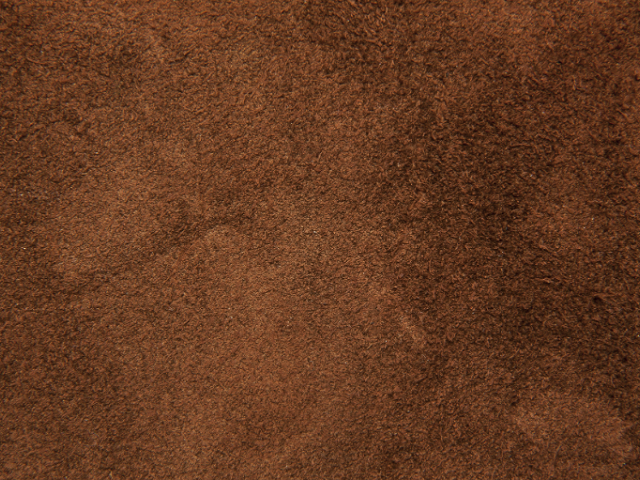Mallorca has been producing man-made pearls since the end of the 19th century, and is still doing so today.
The term “Mallorca pearls” generally relates to artificial pearls that are made and manufactured on the island of Mallorca, the most famous brand of which is Majorica, which have been produced in Mallorca since 1890 when the manufacturing process was originally invented.

The Origin of Mallorca Pearls
Pearls have long been associated witPearlsh nobility and wealth, and in the days when the process of making man-made pearls was invented, natural pearls were beyond the reach of most people, save for the extremely wealthy. Natural pearls are formed within the soft tissue of an oyster or mollusc, are very rare, and can take anywhere between five and 20 years to form, hence their price tag.
It was with this in mind that Eduard Heusch, a German innovator, whose dream it was to make pearls available to more people, invented a process for creating man-made pearls. He obtained the first patent to create pearls and founded the company Societé des perles de Indes E. Heusch & Co, which is today known as Majorica, and is situated in Manacor, Mallorca. Although Majorica has retail outlets situated around the island, such as the Porto Pi shop pictured. The patent belonging to Majorica lapsed in 1948, and since then a number of pearl manufacturing companies have popped up, all with similar processing techniques.
It is these techniques that make these man-made pearls almost indistinguishable from the natural product, and as a result, highly sought after by discriminating buyers internationally.

How Mallorca pearls are made
Exactly how they are made is a closely guarded secret. The little we do know about the process, which varies according to the manufacturer, is this:
- A small nucleus of opaline (opaque or coloured glass) is coated with layers of a protective substance by immersing it in a pearly liquid made of ground up fish scales or other small marine animal particles. The pearly liquid gives the pearl its lustre and iridescence.
- The coating process is repeated between 30 and 40 times, and after each coat the pearls are dried and polished to remove any imperfections.
- A special, final coating is then applied, and in order to prevent any deterioration, the pearls are then put under ultra-violet radiation, gases and/or solutions that make them chip resistant and prevents discolouration.
What makes Mallorca pearls unique?
- Unlike many faux pearls, those produced on the island bear such a close resemblance to natural pearls that they could be mistaken for the real thing by the untrained eye.
- They are less expensive than natural pearls.
- The pearls are specially treated, so unlike natural pearls, they are resistant to perfume, make-up, perspiration, heat, cold and shock.
- Given that not every oyster or mollusc produces natural pearls, many an oyster’s life has been wasted in pursuit of rare pearls. Mallorca pearls are special in themselves in that they achieve all that natural pearls achieve, without the need for wasting precious resources.
When moving to Mallorca you open up a world of rich and vibrant culture and history. The Balearic Properties team have all the local knowledge and contacts you could possibly need to make your dream move as hassle free as possible.
Share this article
Further reading
You may also be interested in these guides




